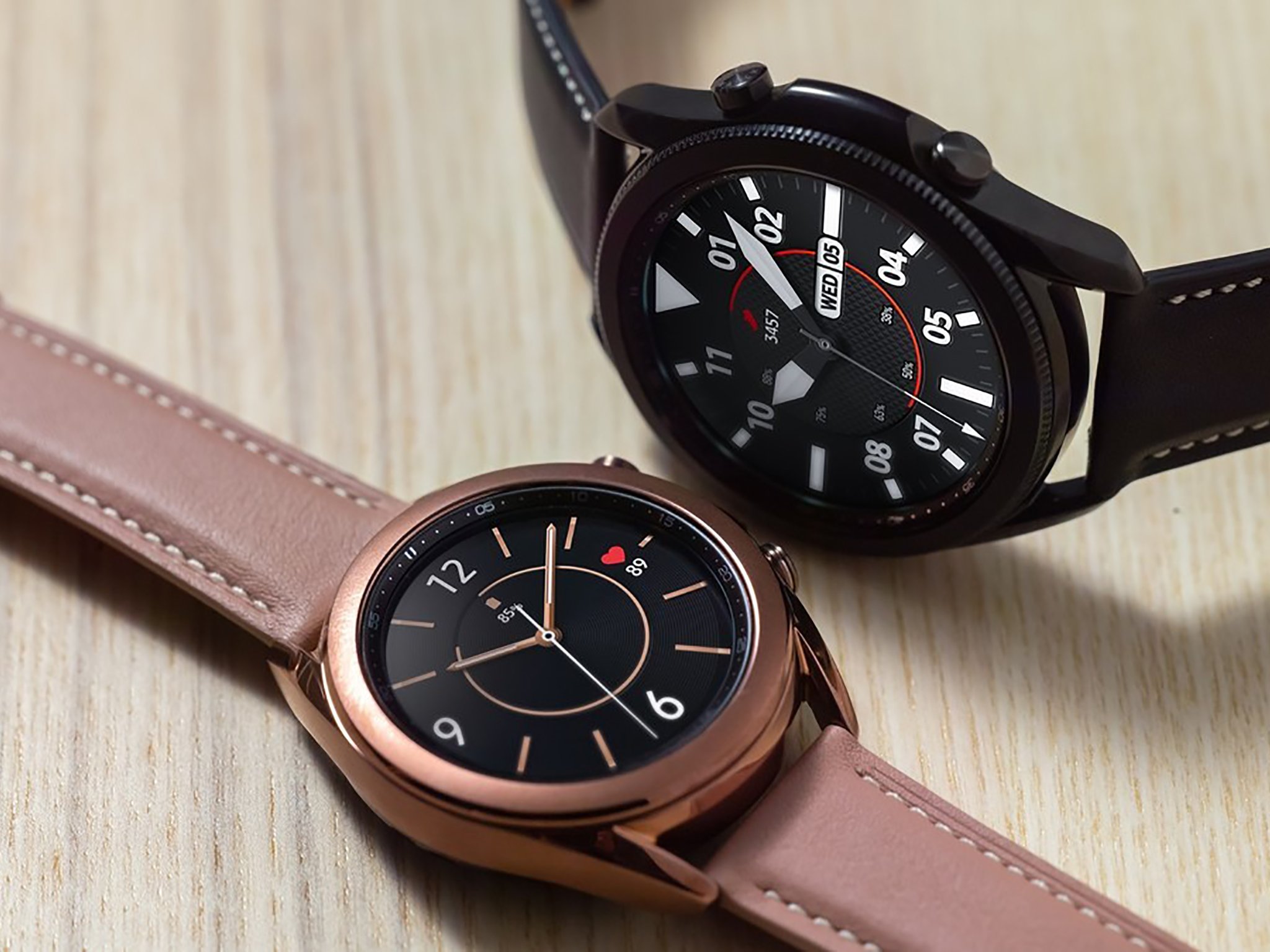Samsung unveils Exynos chipset powering the Galaxy Watch 4 — and it is insane

Samsung is ready to roll out the Galaxy Watch 4, and if the numerous leaks over the last three weeks have been any indication, it will be among the best Android smartwatches. We got a good look at the design of the Galaxy Watch 4, and Samsung has now detailed the hardware powering the smartwatch.
The Galaxy Watch 4 and Galaxy Watch 4 Classic will be powered by the Exynos W920, a 5nm wearable chipset designed to deliver much better performance while being more efficient. The W920 has two Cortex A55 cores — the same cores you'll find on your phone — and an Arm Mali-G68 GPU, with Samsung noting an uptick of 20% from the CPU and an insane 10x boost in graphics performance. There's also a 4G LTE Cat. 4 modem for cellular connectivity, and built-in GPS.
The W920 is built on a 5nm extreme ultra-violet (EUV) node at Samsung SLSI — just like the flagship Exynos 2100 powering the global Galaxy S21 series — and Samsung says the chipset will be able to handle displays of up to 960 x 540. The W920 also includes a low-power Cortex M55 co-processor that allows for always-on screen without having to power up the main cores.
But what's particularly interesting is that the Exynos W920 is the "smallest package" currently in the wearable market, and that means the System-in-Package containing the cores, power management ICs, RAM, and storage module doesn't take up as much room. With space at a premium on wearables, the W920 allows Samsung to roll out smartwatches with larger batteries or sleeker designs.
The Watch 4 and Watch 4 Classic will be the first showcase of the new Wear OS 3.0 platform that Google has created with Samsung, and both products will be unveiled on August 11.
Get the latest news from Android Central, your trusted companion in the world of Android

Harish Jonnalagadda is Android Central's Senior Editor overseeing mobile coverage. In his current role, he leads the site's coverage of Chinese phone brands, networking products, and AV gear. He has been testing phones for over a decade, and has extensive experience in mobile hardware and the global semiconductor industry. Contact him on Twitter at @chunkynerd.
